When I began to investigate the Bible I had no idea that Archeology was a relatively new science that did not take root until the nineteenth century A.D. (prior to that time archeology was mainly done by grave robbers). I was astonished to learn how these relatively recent discoveries were consistently supporting Biblical accounts. Could it be that if the Bible is accurate in its historical record of people, places and events it might also be accurate on its other claims?
Some facts about Archeology and the Bible:
- There are over 25,000 archeological discoveries from the Middle East ‘Bible Lands’ that support a variety of Biblical accounts.
- No valid archeological find (zero) has ever contradicted a Biblical account.
- Archeology uncovers physical evidence such as coinage, pottery, sculptures, artifacts and ‘writings on the wall’ that have given support to both Old and New Testament records.
- The Bible is mainly written as an historical narrative and has been instrumental in helping scholars and archeologist uncover truths about events, times, people and geographical locations in both secular and Biblical history.
According to Dr. Walter Kaiser, Jr., Old Testament Scholar and Author, Archeology helps us:
- Find background support that confirms Biblical accounts
- Anchor the foundations of recorded Biblical events in the reality of the times and cultures they were written in
- Increase our confidence in God’s revelation when the truth of Scripture is tied to real historical events
Other Scholars have said:
“As a matter of fact, however, it may be stated categorically that no archaeological discovery has ever controverted a biblical reference. Scores of archaeological findings have been made which confirm in clear outline or exact detail historical statements in the Bible” -Nelson Glueck, Archeologist, “Rivers in the Desert,” 31
“The geography of Bible lands and visible remains of antiquity were gradually recorded until today more than 25,000 sites within this region and dating to Old Testament times, in their broadest sense, have been located…” -Donald J. Wiseman, “Archaeological Confirmation of the Old Testament,” in C.F.H. Henry, “Revelation and the Bible,” 301-302
Even secular news reports have said:
“In extraordinary ways, modern archaeology has affirmed the historical core of the Old and New Testaments—corroborating key portions of the stories of Israel’s patriarchs, the Exodus, the Davidic monarchy, and the life and times of Jesus.” -Jeffery Sheler, “Is the Bible True,” US News & World Report, October 25, 1999, 52
Let’s look at a few examples of some significant finds in archeology that have refuted long standing criticism from skeptics:
Eight ‘Exciting’ Old Testament Examples:
1. They claimed that stories in the Old Testament are just myths, especially in Genesis, since there is no outside record of places like Sodom and Gomorrah.
- The most significant find, right now in the twenty-first century, is the discovery of the location of Sodom and the other ‘Cities of the Plain’ at the northern end of the Dead Sea. Dr. Steven Collins is the Director of the Tall El-Hamman Excavation Project that is currently conducting excavations at this site.
- Supports the historical existence of Sodom, Gomorrah and the ‘Cities of the Plain.’
Watch this 10 minute video clip, “The Location of Sodom and Gomorrah Revealed?” by Dr. Steven Collins
2. They claimed there was no written language at the time of Moses, so Moses could not have written the Torah (the first five books of the Old Testament).
- Then the Black Diorite Stele was discovered containing detailed laws of Hammurabi (Mesopotamian ruler c.1792-1750 B.C.) written 300 years before the time of Moses and in the same region that Moses lived. The Ebla Tablets were also found in 1970 in northern Syria and are dated about 1,000 years before Moses.
- Supports the use of written language at and before the time of Moses.
3. They claimed it was impossible for the walls of Jericho to have fallen the way it is reported in the Bible and during the timeframe of the Biblical account.
- The Walls of Jericho have now been excavated where Joshua and the Israelites began the conquest of the Promised Land and the evidence shows an outward fall or collapse of the walls with dating to the time of Joshua.
- Supports the Biblical account of what happened in Joshua Chapter 6.
Watch this insightful 34 minute documentary called “Jericho Found!!!”
4. They claimed that King David was mythological as there was no evidence outside the Bible for his existence.They also claimed the stories of King David and his son Solomon’s building of Jerusalem and the Temple were myths since there was no evidence in that time period.
- Then in 1993 three stones were found in Northern Israel in the territory of Dan. The stones have the name ‘David, King of Israel’ and ‘the house of David’ inscribed on them. These stones have been dated to the same time period that the Bible records David’s life. A 1995 Time magazine article reported on this archeological find confirming the existence of David.
- Then in November of 2010, the Associated Press reported that, “ancient fortifications recently excavated in Jerusalem date back 3,000 years to the time of King Solomon and support the Biblical narrative about that era. If the age of the wall is correct, then the finding is key as it would match the Bible’s account that the Hebrew Kings David and Solomon ruled from Jerusalem around that time.”
- Supports the Biblical account of Kings David and Solomon and the building of the City of Jerusalem and the Temple during that era.
Watch this 7 minute clip, “David and Archeology – The City of David”
5. They said the events and writings of the prophet Daniel could not have happened during the period reported because they are too accurate and precise.
- Then archeologists found the East India Inscription that corresponds with the Daniel account of Nebuchadnezzar’s building during the time period in question.
- Supports the Biblical account that Daniel was an eyewitness to the Babylonian exile and lived in this time period.
The East India Inscription:
6. They said Bible prophesies, especially the Isaiah prophesy that names Cyrus some 150 years before his birth, are so accurate and detailed that they must have been written years after the events occurred.
- Then the Cyrus Cylinder was discovered in an 1879 excavation at Babylon (now in Iraq, then in the Ottoman Empire), by Hormuzd Rassam on behalf of the British Museum. It was written in Babylonian cuneiform on the orders of the Persian king Cyrus the Great after his conquest of Babylon in 539 BC.
- The Cyrus Cylinder supports the Biblical account of the person, time and events of Cyrus. Cyrus was predicted by name in the Bible 150 years before his birth to be the ruler who would allow the Jews to return to Jerusalem and rebuild their temple after seventy years in Babylonian captivity, and it happened and is confirmed here!
The Cyrus Cylinder:
7. They said the Old Testament records could not be accurate since the earliest manuscript copies we have date late at c. 900 A.D.
- Then archeologists discovered a silver amulet that was found in one of a series of tombs on the south side of Jerusalem’s Hinnom Valley. The amulet is dated seventh century B.C. and has an abbreviated version of part of the book of Numbers.
- Confirms the existence of the Torah in very early Jewish history and it matches what we have in our Old Testament today!
Silver Amulet containing Scripture from the book of Numbers chapter six:
8. They said the whole of the Old Testament cannot possibly be the same as what we have today, and the Messianic prophecies had to have been added centuries later because they are too precise.
- Then the most significant find of the twentieth century for the historicity and reliability of the Old Testament was the discovery of the Dead Sea Scrolls in 1947 and to date they have recovered about 931 scrolls.
- The Dead Sea Scrolls (DSS) are dated c. 250 B.C. to A.D. 100 and close a 1000 year gap from the previously held copies.
- The DSS confirm that what was used at Jesus’ time and before are the same as what we have in our possession today.
- The DSS are highly significant because they are dated prior to the time of Christ. This means that they not only support the accuracy and reliability of our Old Testament today, but they confirm the hundreds of predictive prophecy fulfilled in Jesus (that could not have been written after the fact).
- The most important find is the complete scroll of the book of Isaiah and the match is virtually identical to what we have today!
Watch this 9 minute video clip on the Dead Sea Scrolls and Prophecy:
Eight ‘Exciting’ New Testament Examples:
So many of the people and places that were recorded in the New Testament are grounded in coinage, monuments, and places you can still see today. For example:
1. Inscription of Caesar Augustus: Emperor when Jesus was born
- Confirms Luke’s account in Chapter two
2. Synagogue at Capernaum: A place where Jesus taught
- Confirms Luke’s account in Chapter seven
3. Monument of Herod the Great: King when Jesus was born
- Confirms Matthew’s account in Chapter two
4. Jordon River: The place of Jesus’ Baptism
- Confirms Matthew’s account in Chapter three
5. The Sea of Galilee: Where Jesus walked, went fishing, and talked to the people
- Confirms the Gospel accounts of the location of Jesus’ ministry
Significant finds in archeology have continued to support the Biblical accounts in the New Testament, especially those that were in doubt for centuries. For example:
6. John’s account in Chapter five of his Gospel was thought to be fictional because there had been no porches or pools found in that area of Jerusalem.
- Then at the turn of the 20th century all five porches and the two pools were excavated about 300 feet north of the Temple Mount’s northern wall.
- Confirms the pool of Bethesda exists and the continued historical accuracy of the Gospel of John.
7. Pilate and Caiaphas were thought to be mythological characters because there were no records of them outside the New Testament.
- Then in 1961 an Italian archeology group uncovered a stone in the Jerusalem area that said: “Pontius Pilate, Perfect of Judea, has presented this Tiberium to the Caesarians.”
- And, in 1990 an ossuary (bone box) with the name Joseph Caiaphas was found dated to the first century.
- Confirms the historical existence of Pilate and Caiaphas and the continued accuracy of the Gospel records.
8. Skeptics claimed that crucifixion was not used in the first century since there have been no physical specimens of a person who had been crucified.
- Then archeologists found, in 1968 a fossil of a crucifixion nail in an ankle bone was found in 1968 in Jerusalem that dates to the first century and the time of Christ. Yohanan–a Crucifixion Victim from c. A.D. 70
- Confirms the historical accuracy of the use of crucifixion, and nails, in the first century.
“For My thoughts are not your thoughts, Nor are your ways My ways,” declares the Lord. “For as the heavens are higher than the earth, So are My ways higher than your ways And My thoughts than your thoughts. “For as the rain and the snow come down from heaven, And do not return there without watering the earth And making it bear and sprout, And furnishing seed to the sower and bread to the eater; So will My word be which goes forth from My mouth; It will not return to Me empty, Without accomplishing what I desire, And without succeeding in the matter for which I sent it.
Isaiah 55:8-11
Join us next week as we continue our investigation for our “Case for the Bible”
You will not find this material in the public school curriculum even though it is based on solid evidence and grounded in research. It is ironic that following the evidence to where it leads stops at the door of our public schools as they will not let a “Divine footprint” in! Join us this year as we examine evidence for Christianity and learn how to become a thoughtful defender and ambassador of your faith.
Click into the resource page of this website to view many of the top Christian thinkers and apologists along with some of their work; connecting to these types of resources is essential in your Christian growth.
Please let me know what you think: Give feedback, ask questions or send concerns in the comment section of the blog.
Teri Dugan

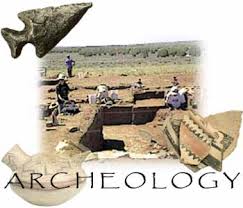
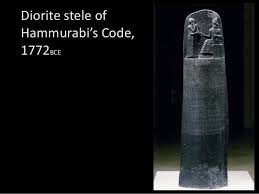
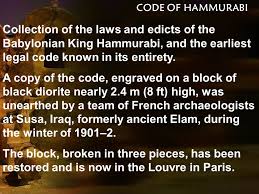
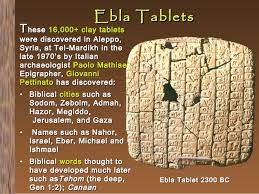
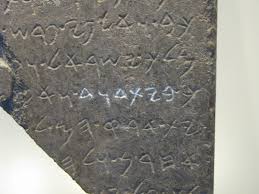
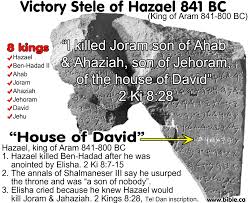
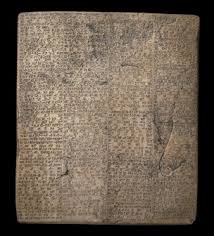
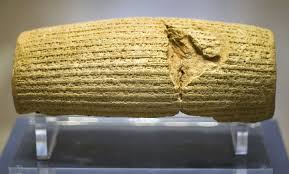
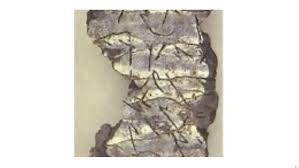
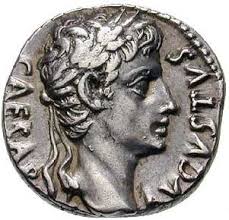
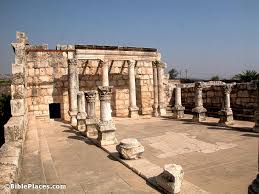
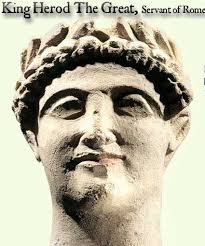
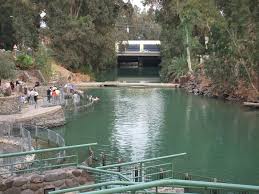
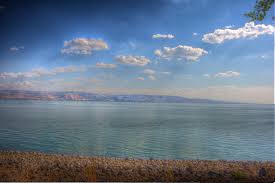
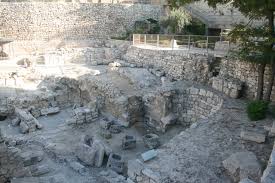
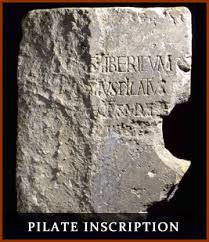
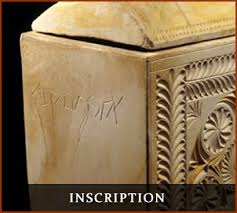
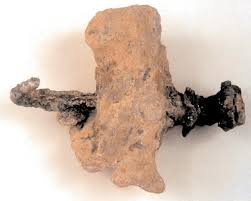
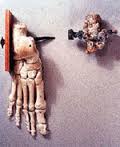

Sorry, comments are closed for this post.